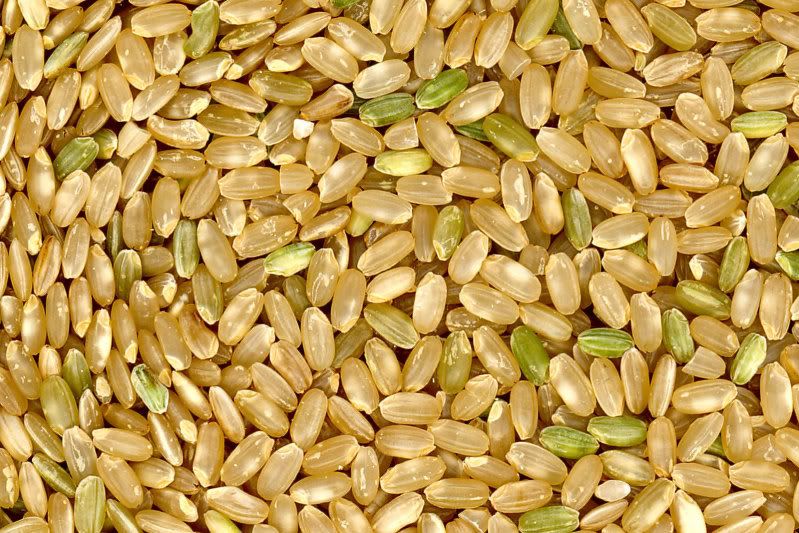 In Asian countries, rice has been a staple food for centuries. In US, more than 70% of rice consumed is white rice.
In Asian countries, rice has been a staple food for centuries. In US, more than 70% of rice consumed is white rice.
Through the refining processes, the outer bran and germ portions of rice grains (ie. Brown rice) are removed to produce white rice. The removal of the outer bran and germ is supposed to make the rice more palatable when consumed and to improve its absorption. However, this refinement might not be suitable to people who are at risk of developing diabetes (i.e. patients with family history or are obese).
In a study published in the June issue of Arch Intern Med, investigators reported that substituting brown rice may lower risk of type 2 diabetes.
The study evaluated the diet, lifestyle practices, and disease status among 39,765 mean and 157,463 women who have participated in the Health Professionals Follow-up Study and the Nurses’ Health Study I and II.
The analysis found that higher intake of white rice (>5 servings per weeks vs <1per month) was associated with a higher risk of type 2 diabetes; P<0.05).
Furthermore, the investigator estimated that replacing 50g/d (uncooked, equivalent to one-third serving per day) intake of white rice with the same amount of brown rice would reduced the risk of type 2 diabetes by 16%.
Besides lowering the risk of diabetes, brown rice also offer high content of multiple nutrients, such as fiber, vitamins, and minerals, most of which are lost during refining and milling g process.
Source: Arch Intern Med Vol. 170 (No. 11), June 14, 2010
Please visit http://healthreason.com for more health related articles.





